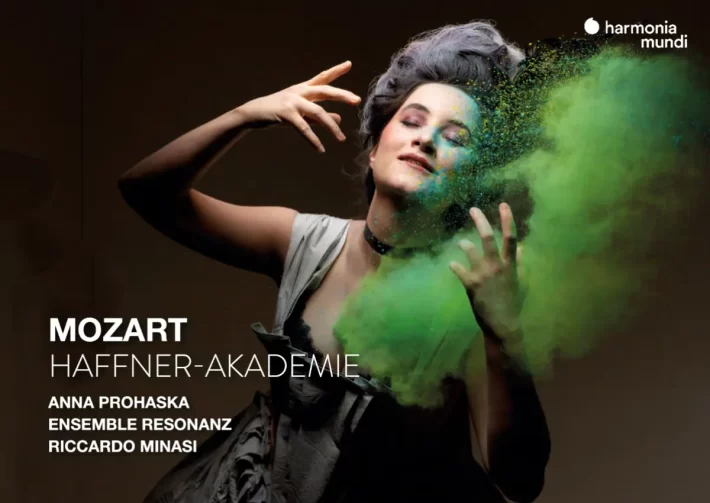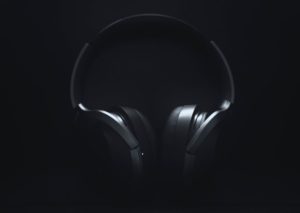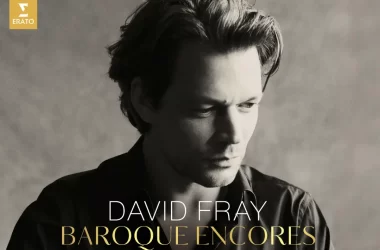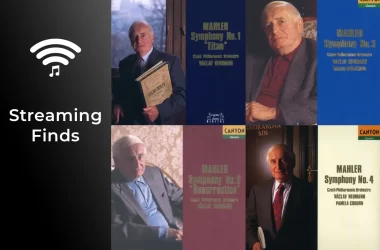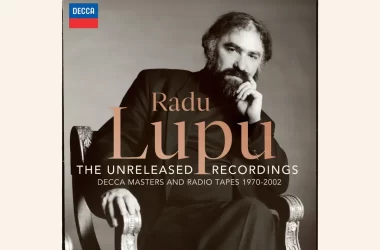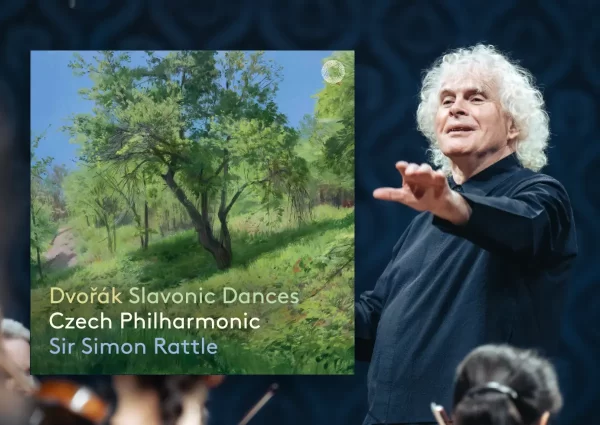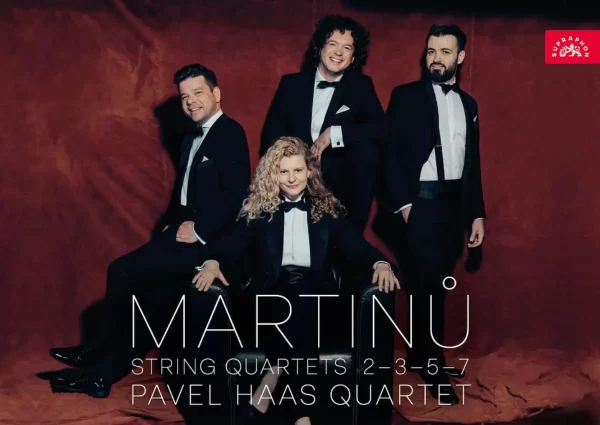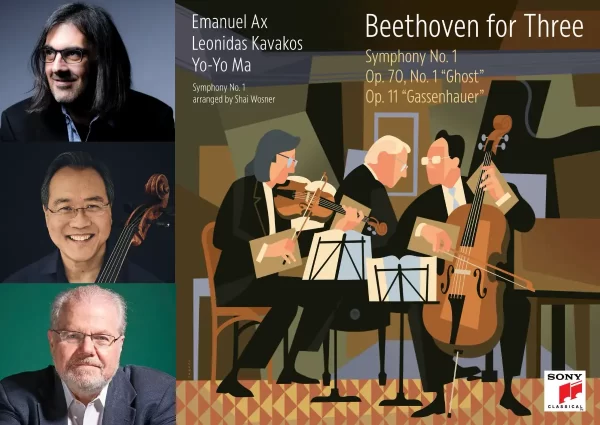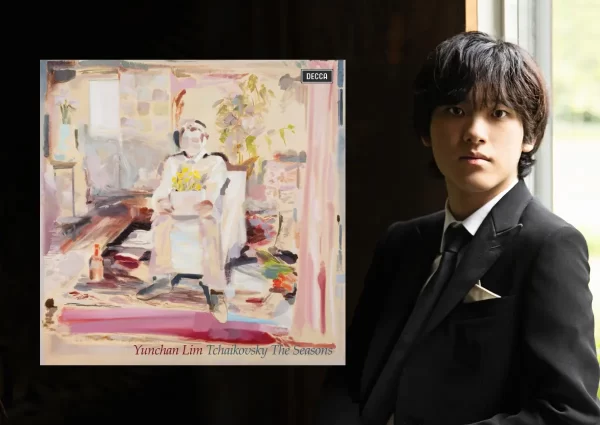This album is meant to portray a more complex Mozart than we’re accustomed to. Careful research on period sources resulted in a selection that touches upon different compositional aspects of the composer’s final decade, ranging from Opera Seria to Sturm und Drang to the stirrings of Romantic opera.
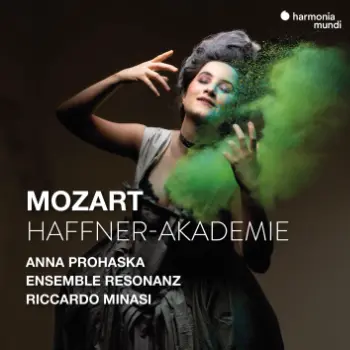
Prohaska’s brassy yet warm tone is coupled with a buoyancy that works well with the demands of Giunse alfin from Le Nozze di Figaro (track 1). Yet despite the effortless sound her lithe approach produces, the nature of this recitative calls for a more emphatic character that I felt was somewhat missing. And at times, Prohaska’s words moved so quickly that they seemed to slip from grasp. But if the following aria moves along at a brisker pace compared to Cecilia Bartoli (with Barenboim/Berlin Philharmonic), the combination of the gentle rhythmic swing, lovely woodwinds, and expressive ebbs and flows bring out the very essence of Mozartean elegance.
Where Figaro was all about charm, the selection from Così fan tutte puts the soprano in a much more assertive light. Again, some of the phrasing could be a little more pointed, but Prohaska impresses with her vocal acrobatics, especially in the aria ‘Come scoglio’ (track 4); her excellent vocal control makes every note clear as a bell, even in the runs. Virtuosity aside, her attention to detail—shifts in inflection, articulation, and color—shows a great responsiveness to the text.
As Elettra from Idomeneo, Prohaska is effusive in her delivery of the character’s frustration, rage, and despair, sounding almost panicked. It was nice to hear the players of Ensemble Resonanz under Riccardo Minasi give a full and symphonic sound, making the ensemble sound much larger than it actually is.
The program includes a non-operatic selection, the titular Haffner Symphony, which puts the Ensemble Resonanz in a totally different light than what we heard in the operatic selections. At times, the enthusiasm of the players in tackling the ebullient Allegro con Spirito (track 9) goes too far, making the tone a bit strident, however well-meaning.
When reviewing the Ensemble Resonanz’ recording of Mozart’s Symphonies 39-41, Jonah Pearl made note that the orchestra uses period brass and percussion but modern strings, and the uniqueness of the sound continues to be a point of interest in this new release.
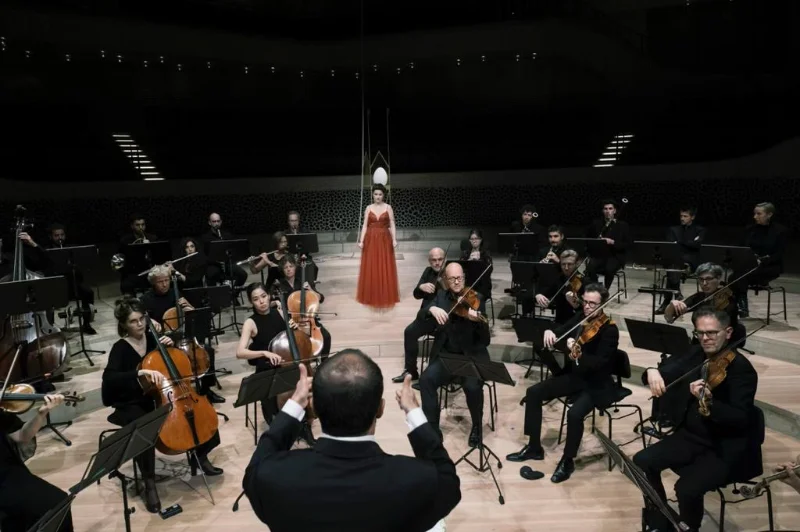
Anna Prohaska and Ensemble Resonanz (©️ Ensemble Resonanz)
The graceful Andante (track 10) is a nice complement to the power-packed punch of what came before, and the delicate layering of sounds reveals a period-like slant even in the strings, owing to the musicians’ ability to play in a historically-informed style. The Presto (track 11) is the best movement, combining verve and intricacy. That such a busy movement is played with flawless synchronicity and excitement speaks to how well Minasi and the players are able to communicate.
Gabriele Riccebono’s liner notes are well-written and informative, but the rather scrunched layout and small font makes them hard to read. Fortunately, nothing of importance is omitted: all texts and translations are provided at the end of the booklet.
This album goes far beyond a mere compilation: the curation and performances speak to Prohaska’s admirable versatility and the musicianship of the ensemble. A worthy addition to any Mozart lover’s collection.

Album Details |
|
|---|---|
| Album name | Haffner-Akademie |
| Label | Harmonia Mundi |
| Catalogue No. | HMM902704 |
| Artists | Anna Prohaska, Ensemble Resonanz, Riccardo Minasi |
Included with an Apple Music subscription:
Available on Presto Music
Latest Classical Music Posts

